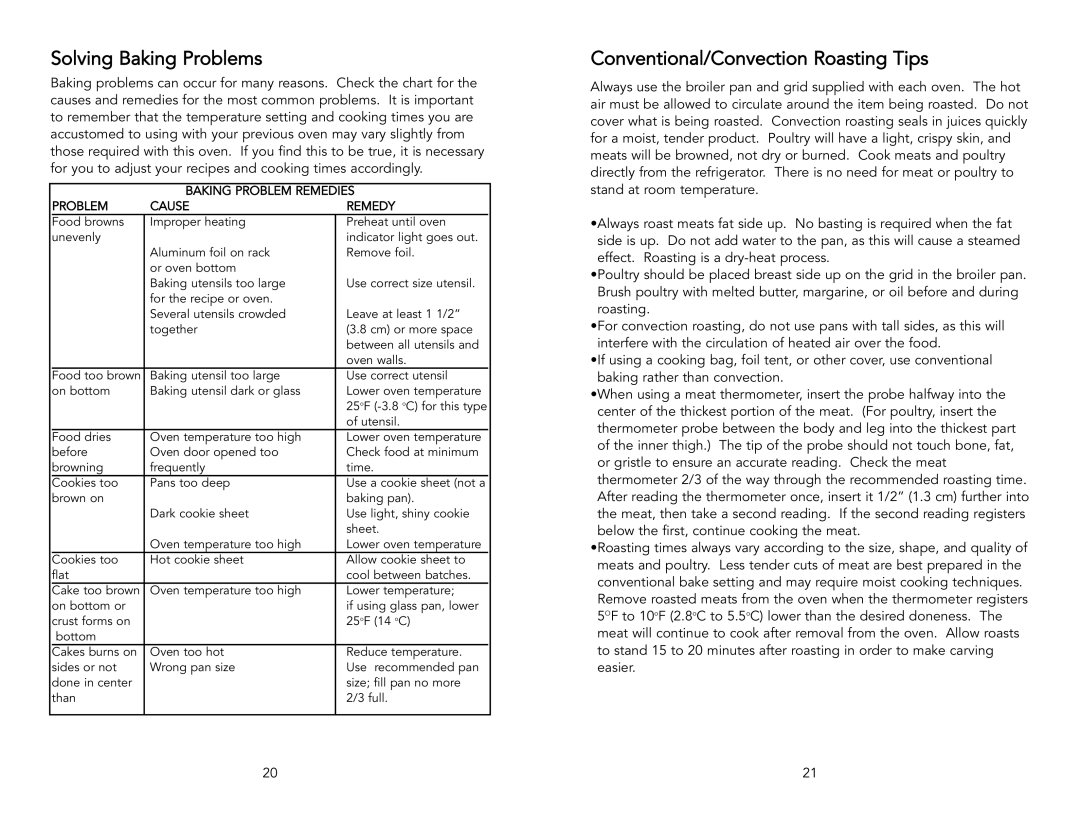Electric Rangetops/Ranges, F1484D specifications
The Viking F1484D Electric Rangetops and Ranges stand as a testament to modern culinary innovation, combining advanced technology with professional-grade performance. Ideal for both home chefs and culinary enthusiasts, these electric units are designed to deliver exceptional cooking results and aesthetic appeal.One of the standout features of the Viking F1484D is its powerful and precise heating elements. The unit is fitted with dual-element induction burners, which offer rapid heat-up times and efficient cooking. Induction technology ensures that heat is directed to the cookware rather than the cooking surface, providing quick temperature adjustments and minimizing energy consumption. This feature not only enhances cooking precision but also allows for a safer cooking experience, reducing the risk of burns.
The Viking F1484D also boasts a sleek, durable design made from high-quality stainless steel. Its professional look complements any kitchen décor while ensuring long-lasting durability. The rangetop's seamless design is easy to clean, promoting effortless maintenance and hygiene. Additionally, the smooth surface of the induction zones makes it ideal for busy kitchens, as spills and splatters can be swiftly wiped away.
In terms of control, the Viking F1484D is equipped with user-friendly digital controls that allow chefs to easily adjust temperatures, set timers, and customize cooking settings. The precision of these controls ensures that every dish is cooked to perfection. The unit also features multiple cooking zones, allowing for various pots and pans to be used simultaneously, increasing efficiency in meal preparation.
Safety features are integrated into the design of the F1484D, including an auto shut-off function and a child safety lock. These considerations make it a practical choice for households with children while ensuring peace of mind during operation.
Moreover, the Viking F1484D Electric Rangetops and Ranges are compatible with various cookware types, including stainless steel and cast iron, making them versatile for any recipe or cooking style. With the combination of high performance, elegant design, and modern technology, the Viking F1484D serves as an exceptional choice for anyone looking to elevate their cooking experience to professional levels, bringing pro-kitchen efficiency right to the home. Whether preparing a simple meal or an elaborate feast, this electric range provides the tools necessary to achieve culinary excellence.
